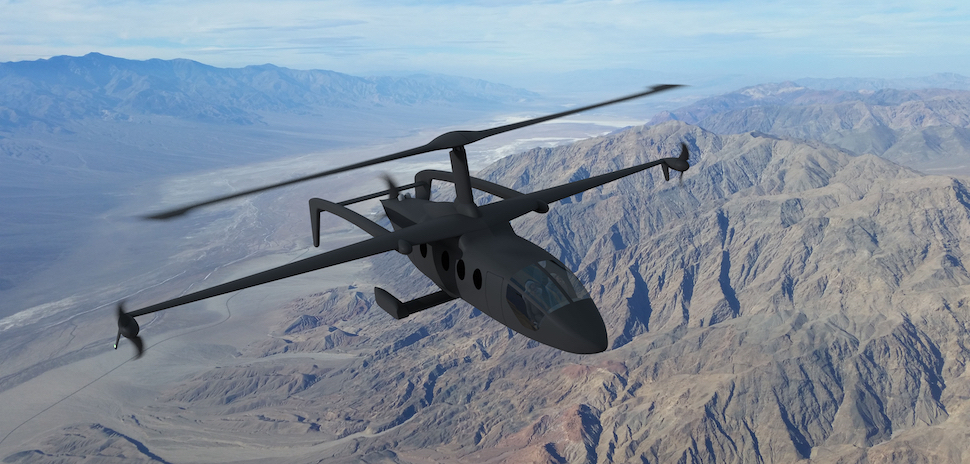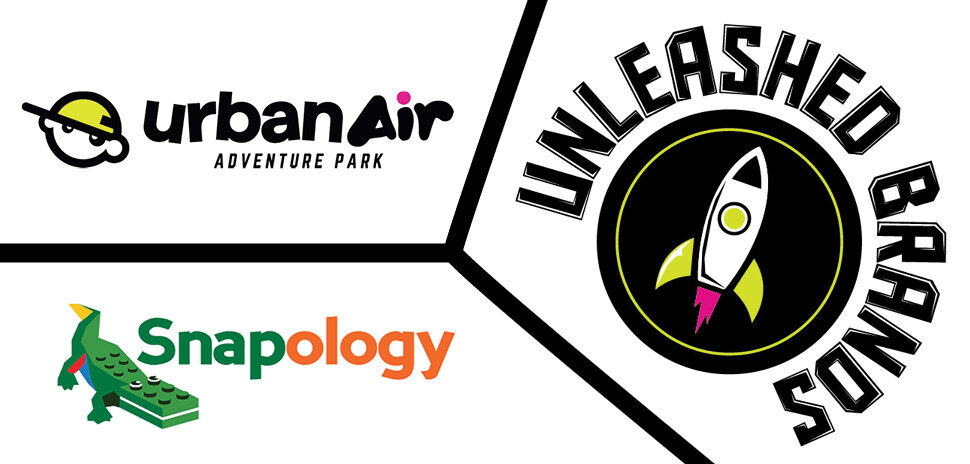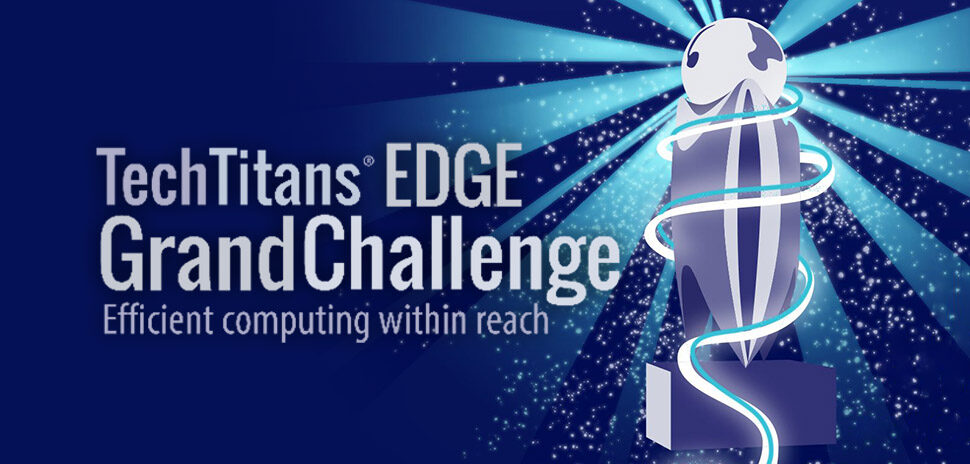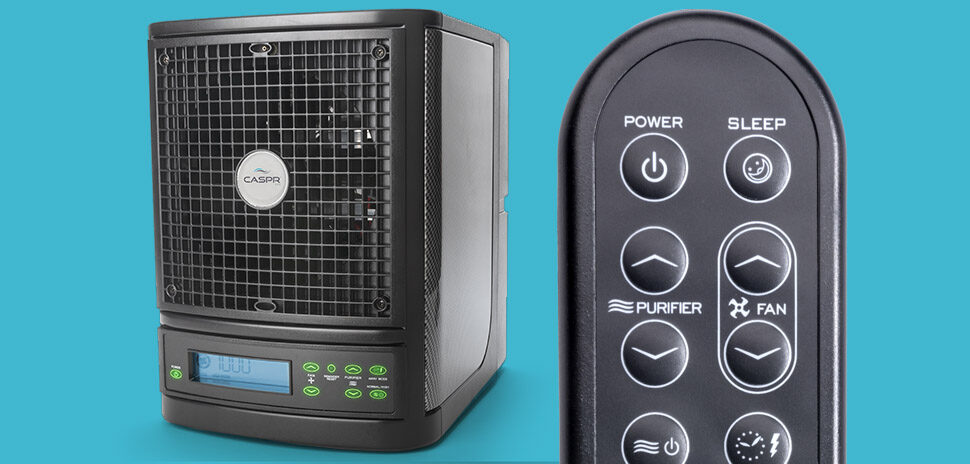Military missions and political crises often share a critical need: to get airborne vertically—and get away fast. Finding the ideal vehicle for that is the goal of the AFWERX High-Speed Vertical Take-Off and Landing (HSVTOL) Concept Challenge. Now a Dallas company has been awarded a market research investment to move to the challenge’s next stage—and it’s among only 11 companies out of 200 entrants to get it.
Dallas-based Jaunt Air Mobility received the investment from Collaboration.ai, which has a $10 million contract with U.S. Special Operations Command (USSOCOM) to facilitate AFWERX challenge programs, in collaboration with the U.S. Air Force. The AFWERX program at the Air Force Research Laboratory (AFRL), connects innovators across government, industry, and academia.
The investment—the terms of which weren’t disclosed—will be aimed at advancing solutions that enable “optimal agility in austere environments.”
The 11 advancing companies were selected by Collaboration.Ai, USSOCOM, and the Air Force working together, Jaunt says.
Jaunt’s solution is its MAV 55
Jaunt’s solution is seen in the image above. The Jaunt Multi-Mission Air Vehicle (MAV 55), delivers the speed and capabilities of a fixed-wing aircraft combined with VTOL, through what the company calls “highly efficient patented SRC [slowed rotor compound] technologies.”
The SRC tech is designed to slow the MAV 55’s rotor down once it’s aloft, reducing drag and vibrations. The tech delivers a lift-to-drag ratio up to five times better than a helicopter, “providing an exceptionally efficient flight with very low noise—noise that is practically imperceptible in flight,” according to the company.
Jaunt says its MAV 55 meets the broader HSVTOL conceptual framework of the HSVTOL Concept Challenge. That framework increases the trade space of speed, range, survivability, payload, size, and flexibility to carry out USAF and USSOCOM missions—across a full spectrum of potential scenarios.
The company emerged as one of the 11 top-tier entrants in the challenge by meeting or exceeding rigorous evaluation criteria, Jaunt says. The criteria included technical merit, reliability, scalability, and other factors.

Jesse Crispino, chief operations officer, Jaunt Air Mobility. [Photo: LinkedIn]
Jaunt’s leaders have experience ‘in these mission sets’
“We’re incredibly pleased to be working with the Air Force and SOCOM,” said Jesse Crispino, Jaunt’s chief operations officer, in a statement. “We were confident in our team’s knowledge of the mission requirements—having been personally involved in these types of operations—and [in] our engineering capability to apply Jaunt’s Slowed Rotor Compound (SRC) technologies.”
“I’ve been intimately familiar with these mission sets,” Crispino told Dallas Innovates. Crispino spent the last five years of his 22-year-career in the U.S. Army Special Operations Aviation Command (USASOAC), part of USSOCOM. He served as the chief experimental test pilot and director of the Systems Integration Management Office.
“Everyone in the military—and especially USSOCOM—is pursuing high speed, long range, VTOL aircraft,” Crispino told us.
Robert Pratt, Jaunt’s director of operations, is familiar with the mission sets as well, Crispino said. He spent 20 years in the U.S. Army in various aviation roles.
Contract: Develop two conceptual designs
The next step for Jaunt is to develop two conceptual designs with the initial aircraft proposal for its MAV 55. Benefits of the company’s unique slowed-rotor technologies include minimal aircraft downwash during operations where actual aircraft landing isn’t possible. They also include overall “acoustic signature reductions.”
Over the next six months, Jaunt will further develop its MAV 55 solution. It says it will be closely with the USAF, USSOCOM, and Collaboration.Ai, the prime contractor facilitating the HSVTOL Concept Challenge.
Dr. Reid Melville, chief innovation officer for the Air Force Research Laboratory Transformational Capabilities Office, said in the statement that Jaunt and the other 10 advancing organizations have the potential to do something transformative.
“The HSVTOL Concept Challenge has surfaced an impressive range and caliber of solutions to help us understand how to build a new class of air vehicles,” Melville said “We believe the organizations selected to receive market research investments at this stage have the potential to deliver truly groundbreaking innovation.”
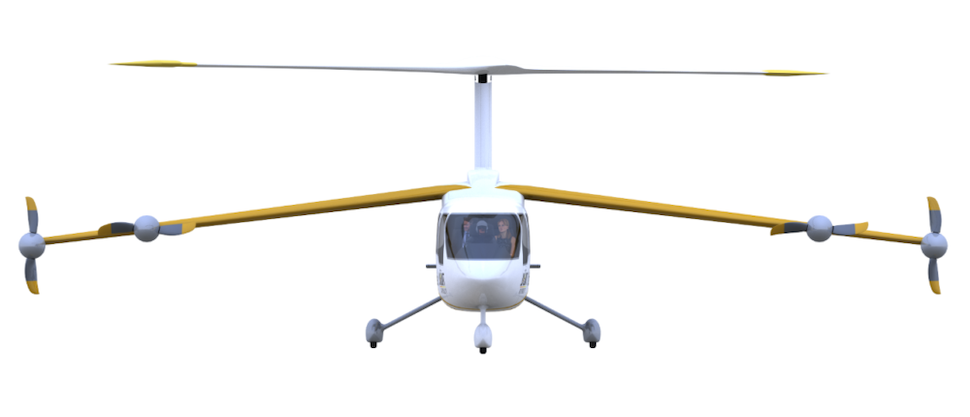
The Jaunt Journey is a commercial eVTOL aircraft developed by Dallas-based Jaunt Air Mobility. [Image: Jaunt Air Mobility]
Founded in 2019, Jaunt merged with AIRO Group in October
Founded in 2019 and headquartered in Dallas with a full-time team of four here, Jaunt does its design and manufacturing in Montreal, Canada. The company acquired all the Intellectual Property from Wichita Falls, Texas-based Carter Aviation for slowed-rotor and associated technologies. Carter had been developing its slowed-rotor compound technology since 1994, according to Electric VTOL News.
Early last October, Jaunt entered into a merger agreement with Miami Lakes, Florida-based AIRO Group Holdings and some of its affiliates. Per the agreement, AIRO Group will acquire all of Jaunt’s equity and Jaunt will become a wholly-owned subsidiary of AIRO Group.
Jaunt is working on more than military solutions. It’s building the next generation of eVTOL and hybrid-electric VTOL aircraft for “faster, quieter, and safer travel over urban areas”—with a goal of moving both people and packages in the future. The company says its Jaunt Journey is the world’s first electric aircraft combining helicopter and fixed-wing aircraft flight capabilities.
![]()
Get on the list.
Dallas Innovates, every day.
Sign up to keep your eye on what’s new and next in Dallas-Fort Worth, every day.

